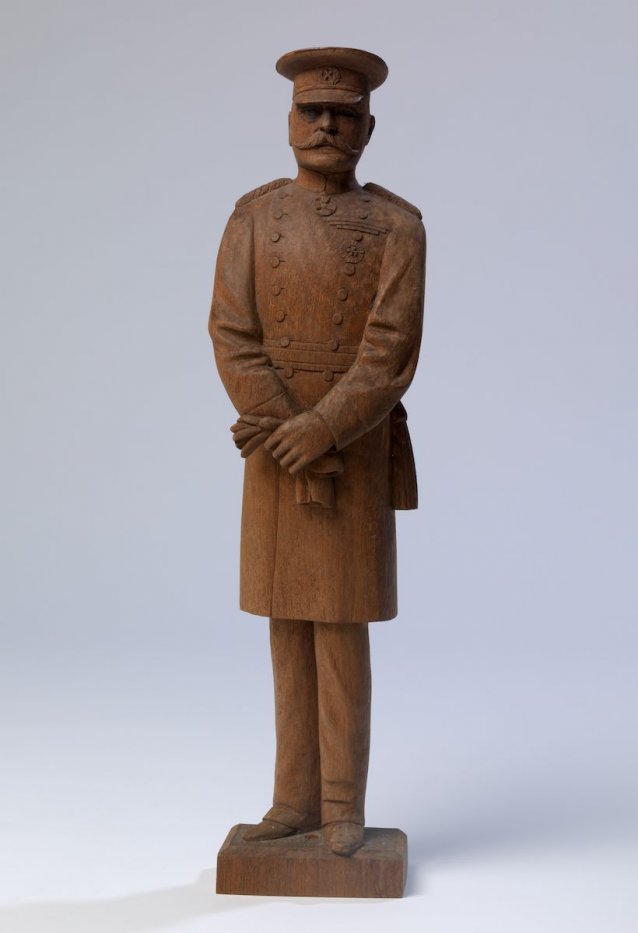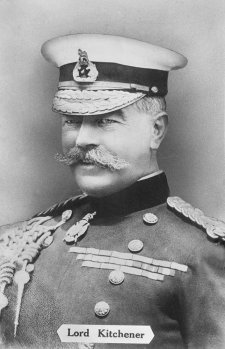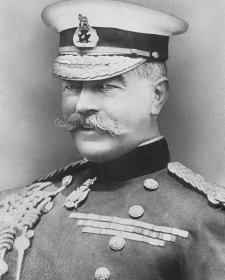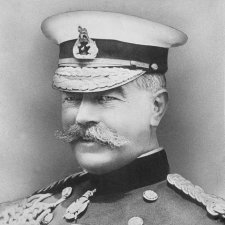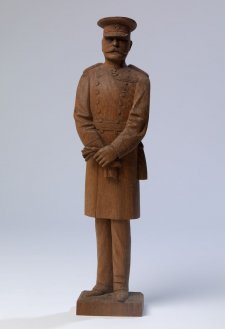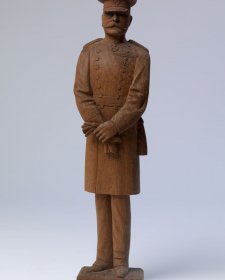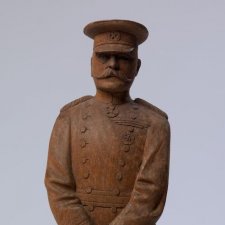Horatio Herbert Kitchener, First Earl Kitchener of Khartoum (1850–1916) was the preeminent British military figure of the late Victorian and Edwardian periods. After an appalling childhood in Ireland, France and Switzerland, he scraped through military school. He served four years in Palestine from 1874, and, having become fluent in Arabic, distinguished himself as an intelligence officer in the Sudan. Later, he trained up the Egyptian army to recapture Sudan from the Dervishes. Ruthlessly, he deployed British forces against the Boers in South Africa; those who persist in regarding ‘Breaker’ Morant as a hero still blame Kitchener for the execution of Morant and Peter Handcock in 1902. After some years commanding India’s army, he came to Australia to advise on the country’s defence forces. The ‘Kitchener Report’, written during a rapid 1909–1910 tour, laid down the structure of the Australian military and also the nature of the military academy, which became Duntroon. As secretary of state for war (and the famously moustachioed ‘face’ of World War 1) it was Kitchener, under pressure, who sent troops to the Dardanelles; thus, he committed the Anzacs, under the command of his protégé, William Birdwood, to Gallipoli. Many agonising months later, Kitchener approved the evacuation. He died in June 1916 when the ship on which he was travelling hit a German mine; his body was never found.
Purchased 2016
The National Portrait Gallery respects the artistic and intellectual property rights of others. Works of art from the collection are reproduced as per the
Australian Copyright Act 1968 (Cth). The use of images of works from the collection may be restricted under the Act. Requests for a reproduction of a work of art can be made through a
Reproduction request. For further information please contact
NPG Copyright.
